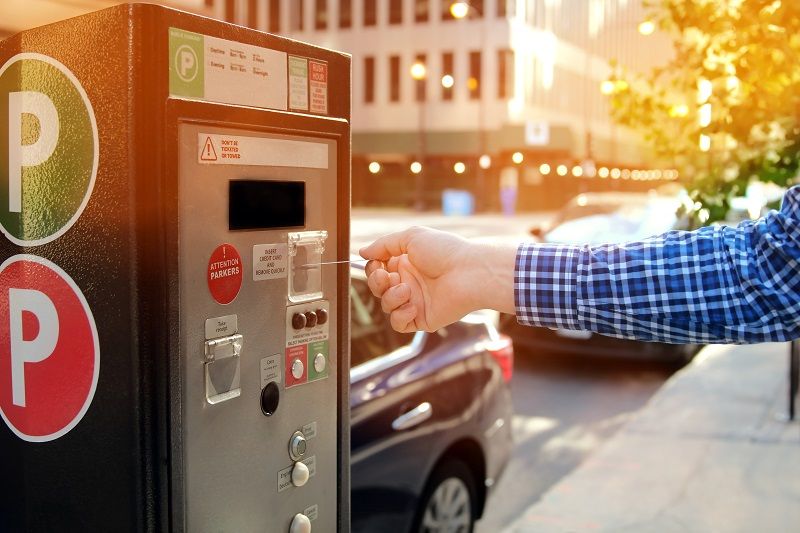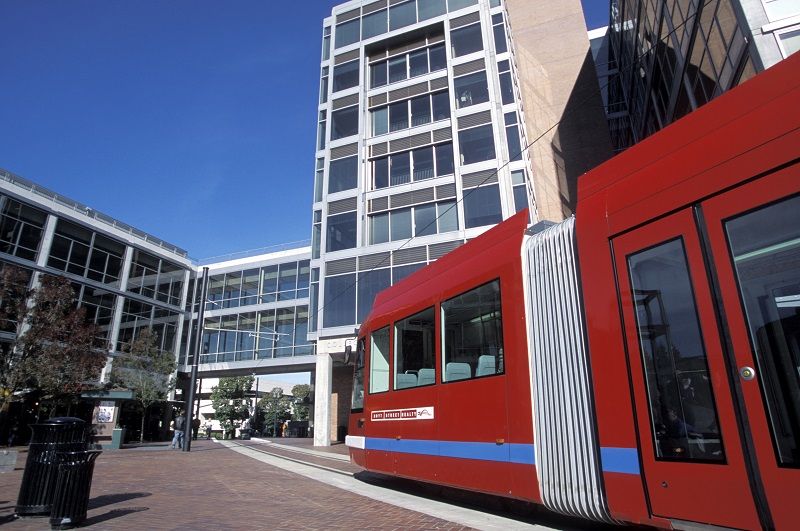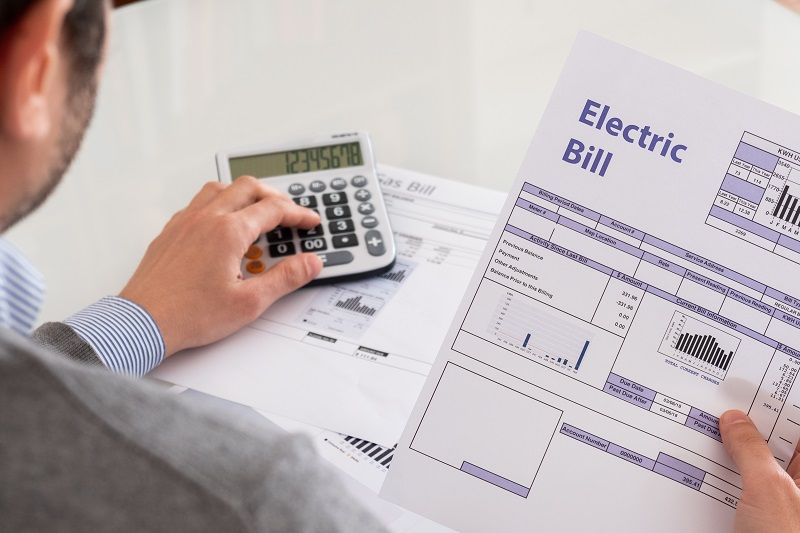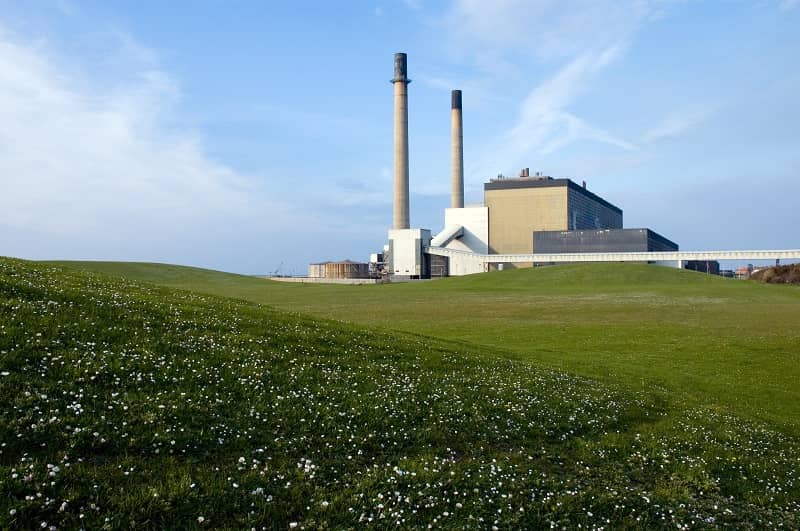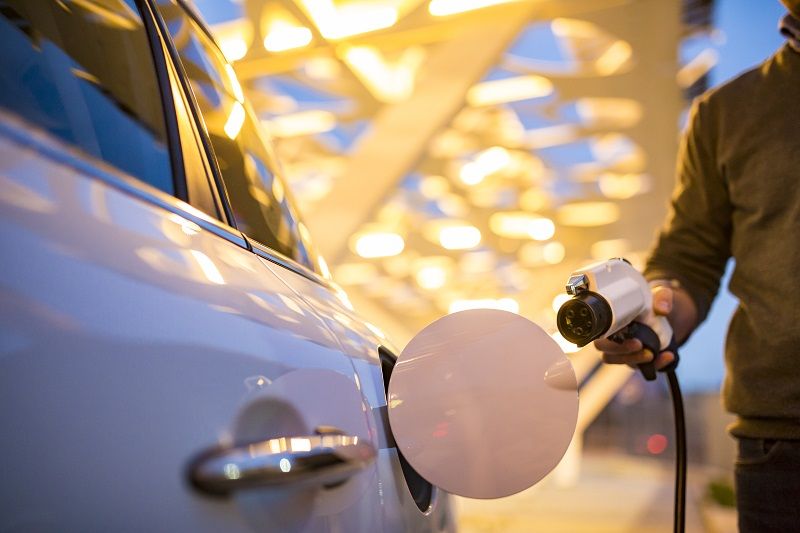
Summary
Gore has challenged the nation to rely on 100% renewable energy sources within 10 years. Not only would this be one of the most capital-intensive construction projects in human history, but the plan is logistically unachievable and would not have any effect on global climate.
Word count: 726
Al Gore’s speech July 17th in Washington, D.C. challenged the nation to switch to 100% renewable energy sources within 10 years. He stated that it is entirely possible to overhaul our current electricity system to use only solar and wind energy to meet the nation’s growing energy demand. A vital factor Al Gore overlooked is the logistics of the country running on solar and wind power alone. Gore’s dream of 100% renewable energy for America is unrealistic and illogical.
It should be easy to see that relying on solar and wind power cannot provide America with reliable power. Solar power is not able to provide a base power load because of its intermittent fuel source, due to the daily rotation of the earth and cloud cover. Wind power is also highly intermittent due to the natural variability of wind. Fossil fuel power plants have always backed up solar and wind generation by operating in spinning standby mode. The use of these renewable sources has yet to put a fossil fuel power plant out of operation. In fact, the use of more renewable energy spawns the use of more fossil fuel plants to balance the power load.
Neither the sun nor the wind can carry the base load demand unless American consumers and businesses are willing to put up with lack of power for hours or days at a time. Many major businesses like Google and Microsoft rely on affordable and reliable power and have located near hydroelectric plants (such as those on the Columbia River) in order to ensure a consistent (not to mention clean) power source.
Setting aside the feasibility of renewable sources to provide reliable power, the land area that would be needed to provide the 126 million homes in the United States with sun or wind power would be astronomical. Solar panels would have to cover every square foot of over 10 million acres to meet residential energy demand. This is roughly the total land area of Connecticut, Vermont, Rhode Island and Delaware combined. For wind power to meet demand, turbines would have to cover over 23 million acres which equal every square mile in New Jersey, New Hampshire, Connecticut, Massachusetts and Maryland. These figures do not include the large land area needed for transmission lines to bring this power to every American home.
The land use would be so large that it would be visible from space. It would be one of the largest construction projects in human history, on par with the Great Wall of China and the Pyramids of Egypt. In his speech, Gore calls for this challenge to be met within ten years. This is obviously not realistic, even assuming economies of scale for large commercial-scale production. The construction of a solar or wind facility that would intermittently power the United States would take approximately 350 years or 250 years, respectively.
The construction cost of Al Gore’s challenge would be excessive. In order to power the United States on wind power alone, more than 262,000 turbines would need to be constructed at a price tag of a little over $1.3 trillion dollars. The cost of construction of enough solar panels to power the U.S. carries a price tag of about $1 trillion dollars. Gore does not deny these figures. In fact, he thinks it may cost even more, up to 3 trillion dollars. This would be the equivalent to asking every man, woman and child for $9,800 dollars; and if you are one of the many Americans with a family of two kids, Al Gore would want over $39,000 from your family to finance his solution to global warming.
Al Gore has challenged the nation to begin one of the costliest, largest, most capital-intensive construction projects in human history. Not only is the plan unachievable, but succeeding in his challenge would not have any discernable effect on global climate since China is producing two new coal fire power plants every week.
Instead of ruining America’s prosperity, Americans should be leaders in wealth-creating activities. With development and wealth, Americans will be able to adjust and adapt to almost any change in climate that might occur in the near or distant future. Advocating pipe dreams like powering a country solely on solar and wind is counterproductive to producing a viable solution to handling any possible negative effects associated with global warming.
Attention editors and producers:
Cascade Commentaries are provided for reprint in newspapers and other publications, with credit given to author(s) and Cascade. Contact Cascade to arrange print or broadcast interviews on this commentary topic.
Electronic text files are available online at www.cascadepolicy.org.
Please contact:
Nancy Wheaton
Cascade Policy Institute
4850 SW Scholls Ferry Rd.
Suite 103
Portland, Oregon 97225
Phone: (503) 242-0900
Fax: (503) 242-3822
www.cascadepolicy.org
info@cascadepolicy.org
Cascade Policy Institute is a tax-exempt educational organization as defined under IRS code 501(c)(3). Nothing appearing in this Cascade Commentary is to be construed as necessarily representing the views of Cascade or its donors, or as an attempt to aid or hinder the passage of any bill before any legislative body. The views expressed herein are the author’s own.

